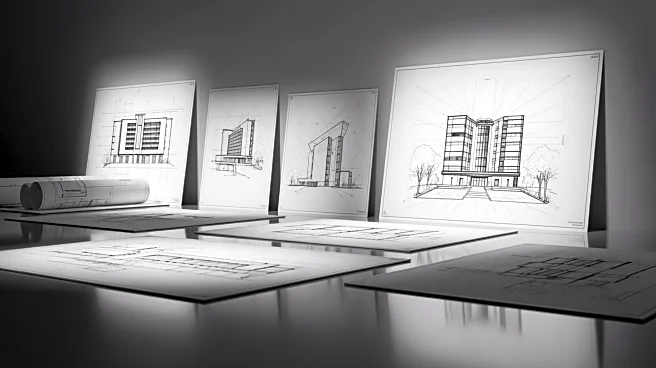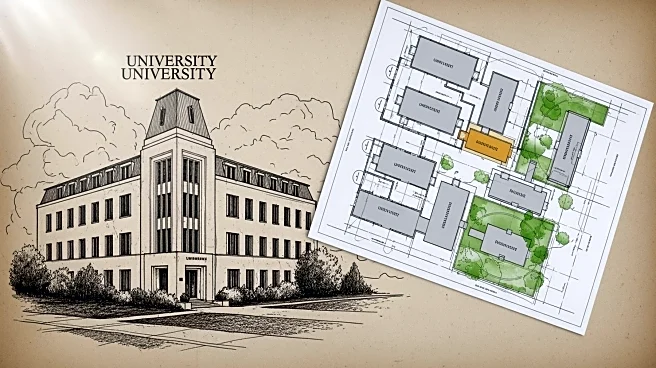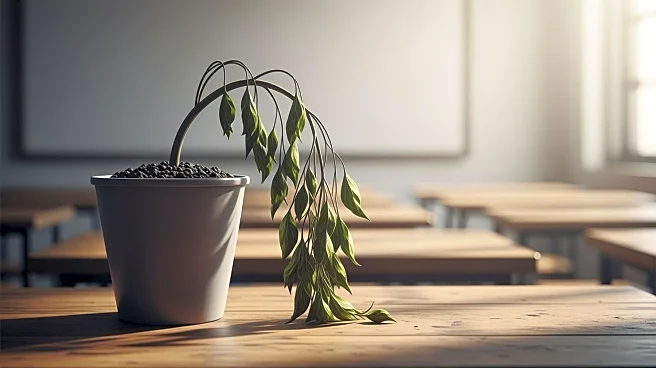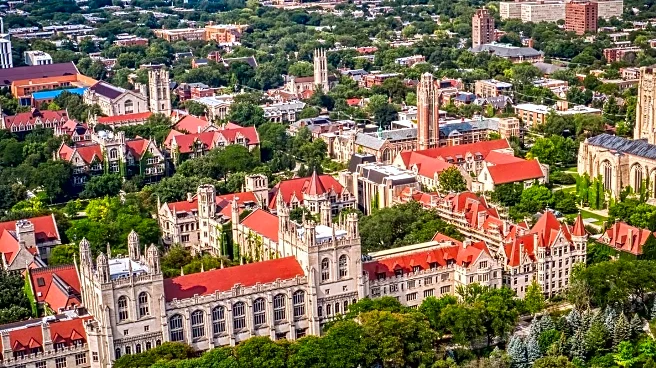What's Happening?
Valparaiso University (VU) is celebrating its midcentury modern architectural heritage, highlighted by the Chapel of the Resurrection. The university experienced significant expansion during the mid-1900s, driven by increased higher education enrollment
post-World War II. This period saw the construction of numerous dormitories and academic buildings, many designed by architects like Charles Stade and Michael Hall. The expansion was fueled by the GI Bill, Cold War emphasis on STEM, and diversified academic programs. VU's campus now features a mix of architectural styles, reflecting its historical growth and evolving educational mission.
Why It's Important?
The architectural legacy of VU represents a pivotal era in higher education, marked by rapid growth and modernization. The midcentury expansion reflects broader trends in American universities adapting to post-war societal changes and increased demand for higher education. The preservation and appreciation of these buildings underscore the importance of architectural diversity in representing institutional identity and history. As universities continue to evolve, understanding past development phases can inform future campus planning and community engagement.
What's Next?
VU continues to explore its architectural heritage through events like walking tours and symposiums. The university is committed to maintaining its historical buildings while integrating new structures that reflect contemporary educational needs. Discussions on campus development and architectural preservation are ongoing, with a focus on balancing historical significance with modern functionality. VU's approach to campus planning may serve as a model for other institutions facing similar challenges in preserving their architectural legacy.
Beyond the Headlines
The midcentury architectural boom at VU highlights the intersection of education, architecture, and cultural identity. As universities expand, they must consider the impact of architectural choices on community perception and institutional branding. The preservation of historical buildings can enhance campus aesthetics and foster a sense of continuity and tradition. VU's experience illustrates the broader cultural and educational shifts that have shaped American higher education over the decades.













